If you’re working with hydraulic systems, you may encounter situations where a hose needs to be repaired or modified. Can You Splice A Hydraulic Hose?
In this article, we will explore the possibilities and limitations of splicing hydraulic hoses.
We’ll delve into the factors to consider, and the methods involved, and provide you with essential information to help you make an informed decision.
Here are some factors to consider before splicing a hydraulic hose.
Hose Material and Compatibility
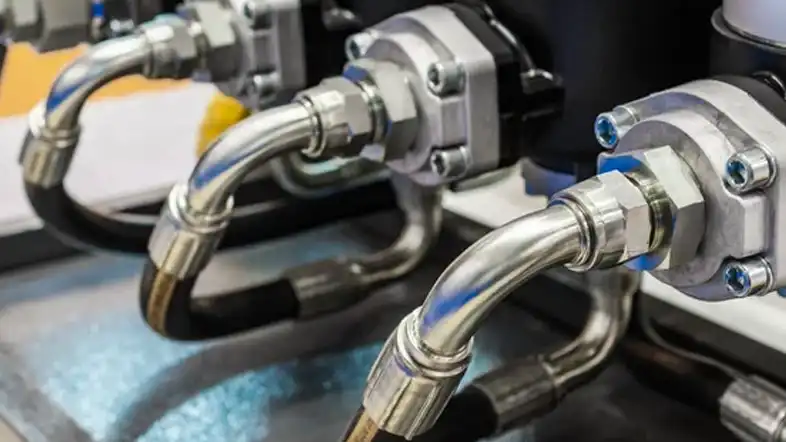
Before attempting to splice a hydraulic hose, it’s crucial to consider the material and compatibility of the hose. Hydraulic hoses are typically constructed using a variety of materials, such as synthetic rubber, thermoplastic, or Teflon.
Each material has its own specific properties and limitations. It is important to ensure that the materials used in the splice are compatible to maintain the hose’s integrity and functionality.
Hydraulic Hose Size and Pressure Rating
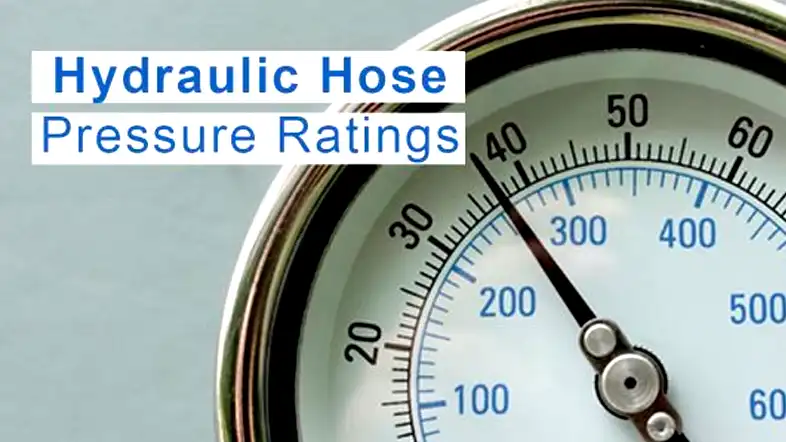
Another crucial factor to consider is the size and pressure rating of the hydraulic hose. Hydraulic systems operate under high pressures, and the hose needs to withstand these pressures without any compromise in safety.
When splicing a hose, it is essential to maintain the same size and pressure rating as the original hose to ensure proper functionality and prevent potential hydraulic hose leaks or failures.
Location of the Splice
The location of the splice is also a critical aspect to consider. The ideal scenario for splicing a hydraulic hose is when the damaged or modified section is in an accessible and easily manageable location. It allows for a cleaner and more effective splice, minimizing the risk of complications during the process.
Can You Splice A Hydraulic Hose?
Here are some important methods that can help you splice a hydraulic hose.
Crimping Method for Splicing Hydraulic Hose
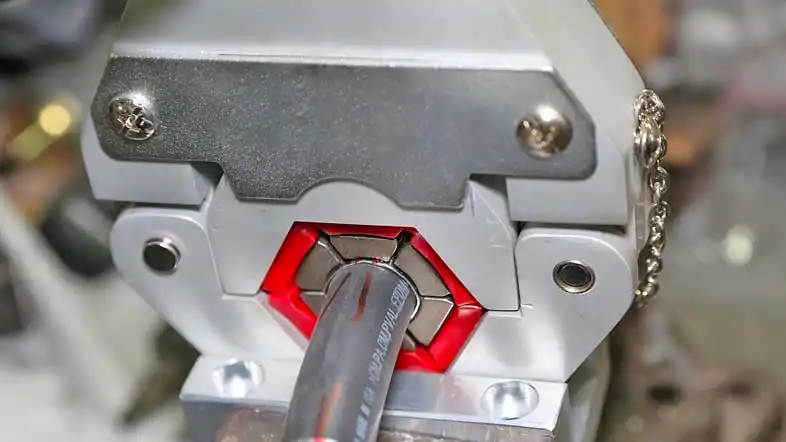
Crimping is one of the most common and widely accepted methods for splicing hydraulic hoses. It involves using a specialized crimping machine to compress and secure the hose ends onto fittings or couplings. This method ensures a strong and leak-free connection, maintaining the hose’s integrity and performance. Crimped connections are also more resistant to vibration and pressure fluctuations, making them a preferred choice in many applications.
Field-Attachable Method for Splicing Hydraulic Hose
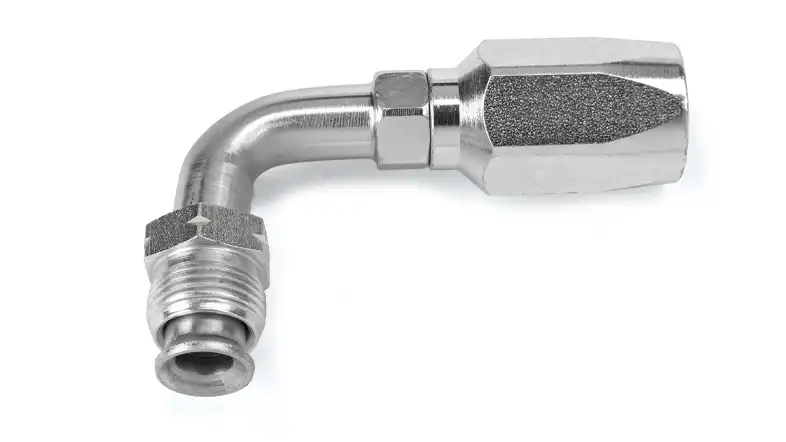
The field-attachable method offers a more flexible and convenient option for splicing hydraulic hoses, especially in remote or emergency situations. This method utilizes reusable fittings that can be easily attached to the hose ends without the need for specialized equipment. While field-attachable connections may not provide the same level of strength and durability as crimped connections, they can be a temporary solution until a proper repair can be performed.
Splice Kit Method for Splicing Hydraulic Hose
In some cases, a splice kit may be available for certain types of hydraulic hoses. These kits typically include connectors, clamps, and other necessary components for splicing the hose. While splice kits can be convenient, it’s essential to follow the manufacturer’s instructions carefully to ensure a proper and reliable splice.
How to Splice Hydraulic Hose

Disclaimer: While it’s possible to splice a hydraulic hose, it’s generally recommended to consult a professional for safety and quality assurance. Improper splicing can lead to leaks, equipment damage, and potential injuries.
If you’re determined to splice a hydraulic hose, here’s a basic overview:
Materials Needed:
- Hydraulic hose splice kit: This typically includes a sleeve, clamps, and possibly a lubricant.
- Cutting tools: A sharp utility knife or a specialized hose cutter.
- Crimping tool: A hydraulic or mechanical crimping tool designed for hydraulic hose fittings.
Steps:
- Safety First: Ensure you’re working in a well-ventilated area and are wearing appropriate safety gear, including gloves and eye protection.
- Prepare the Hose:
- Cut the damaged section of the hose cleanly, ensuring a square cut.
- Clean the cut ends thoroughly to remove any debris or contaminants.
- Assemble the Splice:
- Slide the sleeve over one end of the hose.
- Insert the other end of the hose into the sleeve.
- Apply lubricant to the sleeve and the hose ends.
- Crimping:
- Place the crimping tool around the sleeve and hose ends.
- Follow the manufacturer‘s instructions for the crimping tool to ensure proper pressure and alignment.
- Crimp the sleeve firmly to secure the hose ends.
- Testing:
- After crimping, inspect the splice for any leaks.
- If there are no leaks, test the hose under operating pressure to ensure its integrity.
Important Considerations:
- Hose Type and Pressure: The specific type of splice and crimping method will depend on the hose’s diameter, pressure rating, and the type of fittings used.
- Fittings: Ensure that the fittings used for the splice are compatible with the hose and the system’s operating pressure.
- Professional Assistance: If you’re unsure about any aspect of the process or if the hose is critical to the operation of equipment, it’s highly recommended to seek professional assistance.
Remember: Splicing a hydraulic hose is a task that requires skill and precision. Improperly spliced hoses can pose a significant safety hazard. If you’re not confident in your abilities, it’s always better to err on the side of caution and seek professional help.
Hydraulic Hose Repair Splice
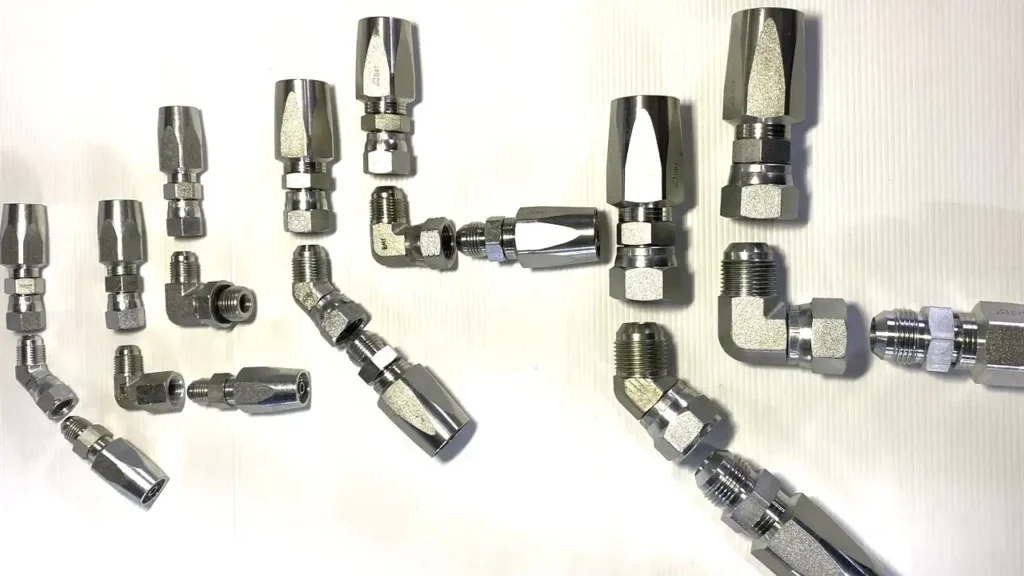
A hydraulic hose repair splice is a critical component used to mend damaged hydraulic hoses. It typically consists of a sleeve, clamps, and sometimes a lubricant. By connecting the two ends of a cut hose, it allows for a seamless repair.
Key Components:
- Sleeve: A cylindrical piece of metal or reinforced rubber that fits over the cut ends of the hose.
- Clamps: Metal bands that are crimped onto the sleeve to secure the hose ends together.
- Lubricant: A substance applied to the sleeve and hose ends to reduce friction and ensure a tight seal.
Repair Process:
- Preparation:
- Cut the damaged section of the hose cleanly.
- Clean the cut ends thoroughly to remove any debris.
- Assembly:
- Slide the sleeve over one end of the hose.
- Insert the other end of the hose into the sleeve.
- Apply lubricant to the sleeve and hose ends.
- Crimping:
- Use a crimping tool to secure the sleeve and hose ends together.
- Follow the manufacturer‘s instructions for the crimping tool to ensure proper pressure and alignment.
Important Considerations:
- Hose Type and Pressure: The specific type of splice and crimping method will depend on the hose’s diameter, pressure rating, and the type of fittings used.
- Fittings: Ensure that the fittings used for the splice are compatible with the hose and the system’s operating pressure.
- Professional Assistance: If you’re unsure about any aspect of the process or if the hose is critical to the operation of equipment, it’s highly recommended to seek professional assistance.
Image of a Hydraulic Hose Repair Splice:
Remember: While it’s possible to splice a hydraulic hose, it’s generally recommended to consult a professional for safety and quality assurance. Improper splicing can lead to leaks, equipment damage, and potential injuries.
FAQs about Splicing Hydraulic Hoses
1. Can you splice a hydraulic hose that is under pressure?
No, it is not safe or recommended to splice a hydraulic hose that is under pressure. Before attempting any splicing, the hydraulic system should be depressurized and the hose should be completely empty of fluid.
2. Can you splice a hydraulic hose that has been damaged?
Yes, it is possible to splice a hydraulic hose that has been damaged. However, the extent of the damage and the compatibility of the hose materials should be carefully evaluated before proceeding with the splice.
3. Are there any limitations to splicing hydraulic hoses?
Yes, there are limitations to splicing hydraulic hoses. Some hoses may have specific requirements or restrictions that make splicing impractical or unsafe. It’s important to consult the manufacturer’s guidelines or seek professional advice in such cases.
4. Is it better to replace a hydraulic hose or splice it?
In general, it is recommended to replace a hydraulic hose rather than splice it whenever possible. Replacing the hose ensures the integrity and performance of the hydraulic system, minimizing the risk of failures or accidents.
5. Can a spliced hydraulic hose be as strong as a new hose?
While a properly executed splice can provide a reliable connection, it is unlikely to match the strength and durability of a new hose. It is important to assess the specific requirements of the application and consider the long-term implications before deciding to splice a hydraulic hose.
6. Should I attempt to splice a hydraulic hose myself?
Splicing hydraulic hoses requires knowledge, experience, and the right tools. If you are not confident in your abilities or lack the necessary equipment, it is recommended to seek professional assistance. Improper splicing can lead to leaks, failures, or even accidents.
Conclusion
Splicing a hydraulic hose can be a viable option in certain situations, but it is essential to consider several factors before proceeding. The material and compatibility of the hose, the size and pressure rating, and the location of the splice are crucial aspects to evaluate.
Additionally, choosing the appropriate splicing method and following the manufacturer’s guidelines is essential for a reliable and safe connection.
When in doubt, it is always best to consult with professionals or replace the hose altogether. Remember, safety should be the top priority when working with hydraulic systems.
Related:

